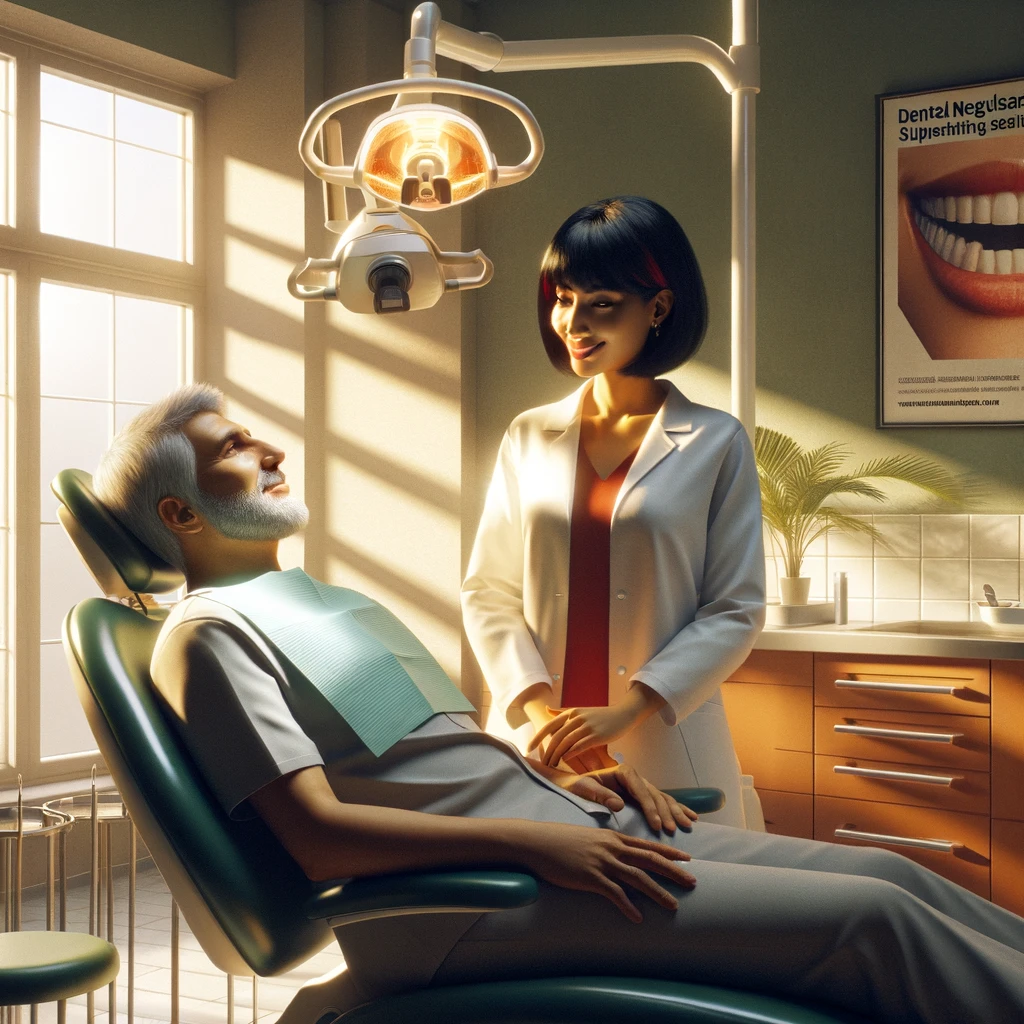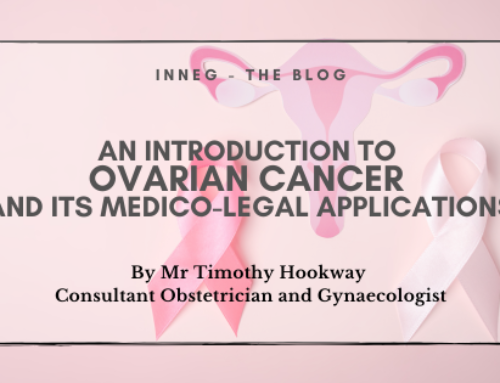Diving into dental personal injury claims can be tricky for new solicitors. It’s not just about legal knowledge; understanding dental injuries and working with expert witnesses adds another layer of complexity. This guide, crafted by Dr. Ravinder Varaich, a dental expert witness, aims to simplify things. It offers practical tips and insights to help you confidently handle these claims, from evaluating injuries to securing detailed expert reports. Whether you’re drafting your first letter of instruction or prepping for a client consultation, this guide is here to provide you with some apt advice.
Navigating Dental Personal Injury Claims: A Beginner’s Guide for Solicitors
By Dr. Ravinder Varaich, Dental Expert Witness
Dental expert witness reports are essential in personal injury claims involving dental trauma, such as damage to teeth or the temporomandibular joint, resulting from accidents where the claimant is not at fault. These dental injuries can occur alongside other types of harm, with symptoms varying from jaw discomfort to the more severe consequences of tooth fractures or loss.

10 Tips to get the best report from your dental expert
- Provide a detailed letter of instruction setting out the circumstances of the accident and injuries sustained
Where possible include the specifics of the dental injuries, e.g. broken upper right incisor. - Advise if any records have still not been received
So that the expert can determine whether these are essential prior to examining the claimant. - Detail all the known locations of dental injuries within the records.
e.g. dental injuries were noted to be reported at the hospital and GP visit. This will ensure that the expert does not miss this valuable information.
It is accepted this is not always known, and that the instructing party may therefore like the expert to read through all the medical records. Bear in mind only entries pertaining to dental symptoms/injuries reported are within the dental expert’s area of expertise. - Provide all relevant documents before the Claimant’s appointment
This enables the expert to be better prepared and ask more direct questions at the Claimant consultation appointment. This also allows any discrepancies to be questioned during the claimant’s interview. For example, if there was a delay for 6 months before seeking a dental appointment when the claimant is alleging severe toothache following the accident, the reasons for the delay in seeking care can be discussed with the claimant. - Provide any other medical reports
These may provide more details on the injuries sustained, as well as symptoms reported. - Ensure the records provided should be relevant
Often medical records, such as hospital and GP records can add bulk to a case file adding to reading time and fees incurred, and if the claimant did not report their dental injuries at the hospital attendance nor to their GP, this often wastes time that still needs to be invoiced. - Provide the pre-accident dental records
To enable the expert to comment on the pre-accident state of the teeth. It is important to ask the dentist to send any x-rays and photographs taken ensuring each x-ray is dated and labelled with tooth notation/area of the mouth (to ensure the image has not been inadvertently flipped whilst exporting/uploading). - Provide the hospital records
If the Claimant attended following the accident to determine whether the dental injuries were reported. - Provide the GP records
If the claimant attended the GP complaining of the dental injuries. Otherwise, these are not generally required, and are often extensive and where not relevant take up time for the expert to peruse, which naturally adds to the time invoiced. - Provide post-accident dental records including emergency care
Such as walk in centres etc. Treatment estimates, X-rays and photographs (dated and labelled with tooth notation).
I have provided two checklists below which will assist you with this:
Appendix 1 – How to record the effects of the accident (to send to the claimant)
Appendix 2 – What records to request from the dentist.
Sample Case
Summary of the Accident
A 27 year old male was travelling to work on his bicycle at around 7am when a car turned into a side road cutting in front of the claimant. The claimant attempted to stop, but as he did so was thrown over the handlebars landing on the car bonnet face first. His upper right incisor came out at the scene of the accident, and a pedestrian walking by saw the tooth on the ground, and dropped it into his water bottle and gave it to the paramedics at the site. He also had fractured biting edges from the neighbouring teeth: the two left incisors. Around two months later, the claimant reports these two fractured left incisor teeth turned grey.
Treatment at the time of the Accident
At the hospital, the claimant had other medical injuries treated, and an Oral Surgeon reimplanted the upper right incisor tooth and placed a temporary splint to the adjacent teeth to hold it in place, and the claimant was advised to see his dentist as soon as possible. The claimant also required suturing of his lower lip where his upper teeth had dug into it, and a large scar remained there, as well as some tingling sensations of the lip.
Following the Accident
The next day, the claimant noted the upper right incisor tooth was no longer in the same position it was prior to the accident. The claimant reports that his teeth were painful for several months after the accident, requiring pain relief which he initially got from his GP when he attended his GP to have his lip sutures removed 2 weeks after the accident.
Following this, he attended an emergency dentist close to home as his dentist near work was not able to see him until the next week. He reports the emergency dentist only removed the splint on his front teeth and advised him to see his regular dentist.
The claimant was able to see a private dentist where his mother was registered and did not return to his usual dentist as he reports a specialist dentist at the sister branch of the new practice was able to treat him privately within a few days of the initial consultation. He reports he was also referred to another private implant dentist for a consultation, but is waiting for the outcome of the case before he proceeds with any treatment there.
Impact
The accident has had a huge impact on the claimant’s social and work life. The poor cosmetics of his teeth make him not smile or socialize as much as he used to. He had several social events planned a few weeks after the accident as his best friend was planning to get married in Ibiza, and he missed the events associated with this as well as other important social events in his calendar. He reports that as he is so conscious of the cosmetics of his teeth, he can no longer perform at work in the same way, as he was in a client-facing sales position, and feels he has been financially affected by the accident.
What to Note as a Solicitor
The Letter of Instruction sent to the dental expert should ideally include all of the above, as this provides the expert with a good basis to start the report, investigate the facts from the records, and to plan direct questions to ask the claimant around the points raised in the summary.
To facilitate obtaining all this information, you can use the “How to” advice sheet (Appendix 1) that can be sent to the Claimant for them to record and for you [the solicitor] to obtain a photographic diary of all the information required.
Appendix 1: How To Record the Effects Of The Accident (To Send To The Claimant Upon Instruction)

What Records should be Requested for a Dental Claim?
All records should be requested in full as the checklist in Appendix 1 details.
Ambulance records
Hospital records, in particular the oral surgeon’s records and any dental x-rays taken
GP records
Pre-accident dental records
Emergency dental clinic records
The new private practice close to home where the claimant attended for a consultation on his mother’s recommendation.
The records of the sister practice where the specialist treated the claimant
The records of the implant dentist where the claimant had a consult and is awaiting the outcome of the claim to have treatment
The claimant’s photographic diary
Appendix 2: Checklist To Send to A Dental Practice When Requesting Records

What Should an Expert Dental Report Comprise Of?
- Summary of the claim.
- Summary of the expert’s conclusions.
- Statement of instructions including specific questions from the instructing party.
- Investigation of the facts (the medical and dental records) in particular detailing the pre accident condition of the alleged injured teeth.
- Claimant interview (including the details within the photographic diary) detailing the effects of the accident on the claimant’s social, work and personal life, and current situation. ‘This is where the claimant having accurate details of the effects, can make a major difference between an acceptable report and an amazing report!’
- Claimant dental examination and special tests of the relevant teeth
- Expert’s opinion detailing the pre-accident condition of the teeth, condition and prognosis within the expert’s area of expertise.
- Advice regarding other expert’s reports are required due to reported symptoms outside of the expert’s area of expertise, such as in this case, the scarring and tingling of the lower lip.
Conclusion
Concluding, this guide should help eqip you with several key strategies for handling dental personal injury claims effectively. From understanding injuries to engaging with experts like myself, the focus is on thorough preparation and clear communication.
Each case undertaken enhances your skill set and aids your clients significantly. If questions arise, don’t hesitate to contact me using the details below.
About the Author
Having qualified in 2002, Dr Varaich has over 20 years of experience in general and cosmetic dentistry including periodontics, root canal treatments, crowns, bridges, veneers, extractions, implants and orthodontics.
Dr Varaich has been an expert witness since 2006, has undergone training with Bond Solon, and have a University of Cardiff qualification in writing expert witness reports.
Dr Varaich can be contacted for all medico-legal work and to request her CV at ravindervaraich@inneg.co.uk



